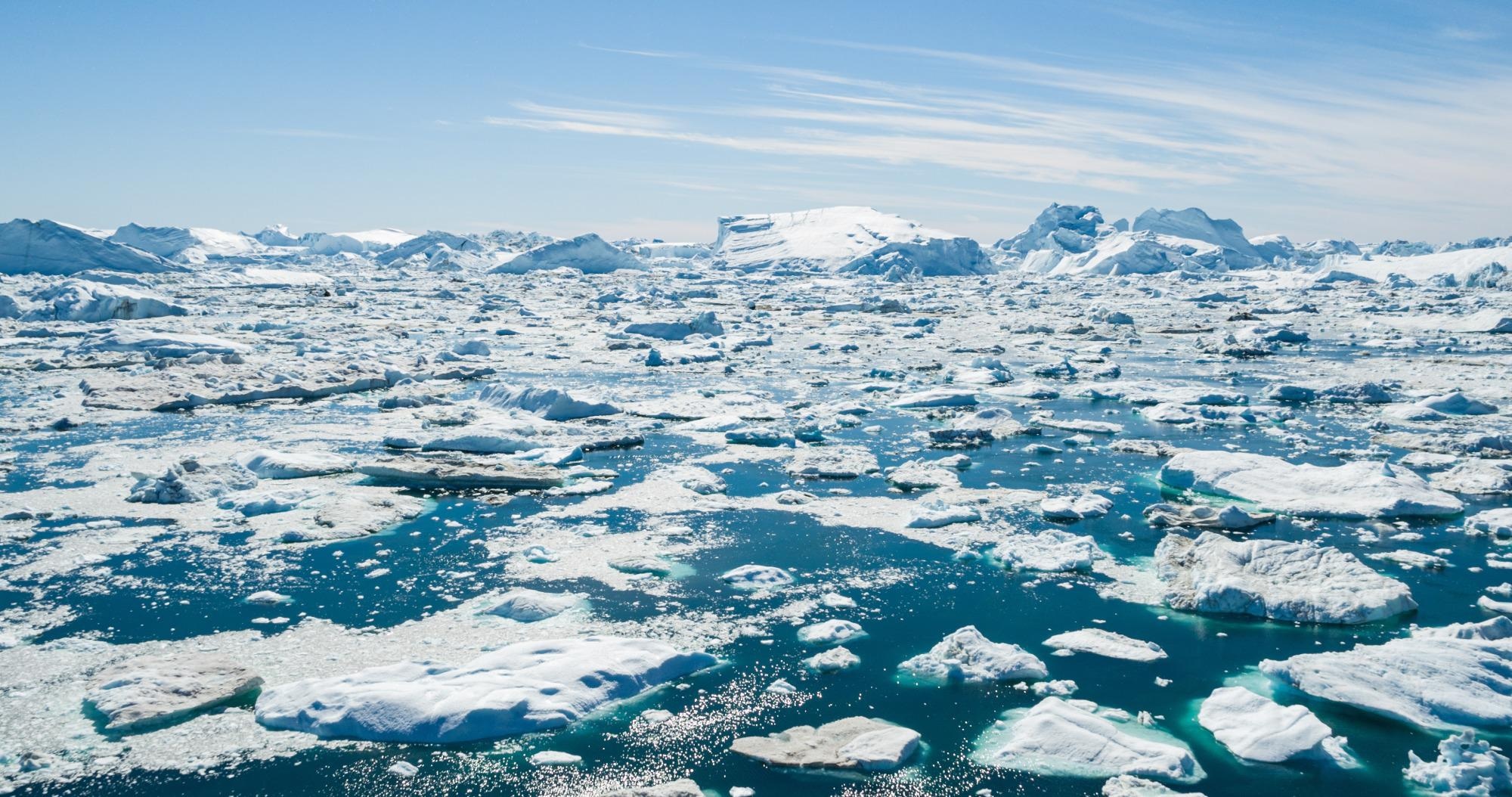The polar region is warming twice as fast as the rest of the planet, and that extra heat is causing a cocktail of extreme weather. Heatwaves are becoming more frequent and intense, while cold snaps are becoming more widespread and severe. However, a link between the warming of the Arctic and severe winter-type weather has not been yet established.

Image Credit: Maridav / Shutterstock.com
A recent article published in Science has demonstrated that both arctic warming and extreme winter weather are linked, which will be outlined in this article. But first, let's take a closer look at what we mean by arctic warming and extreme winter weather.
Arctic Warming
The northern ice cap is decreasing overall, and a thinning is occurring over some larger areas. The reasons for the warming are many and complex; it involves the melting of polar ice itself, increased solar radiation reaching the Earth's surface, changes in Earth's orbit around the sun, and changes in the Earth's magnetic field.
The result is an increase in heat energy absorbed by the Earth and a corresponding increase in global temperature. Extreme winter weather has become a matter of concern for both individual citizens and governments.
Extreme Winter Weather
Extreme winter weather events can have far-reaching effects on infrastructure, commerce and lifestyle. In our globalized world, extreme winter weather is now occurring regularly and has become a substantial challenge to many national economies and social systems.
Furthermore, extreme winter weather events are a growing economic and public safety concern in many countries worldwide. These events can significantly affect people's ability to get and use goods and services, including electricity, gas, telecommunication services, water supply and transportation, as well as other essential services.
However, until now, there was a lack of empirical evidence that had found a link between arctic warming and extreme winter weather events. Next, we'll take a look at some exciting new research.
New Research Related to the Stratospheric Polar Vortex
A new breakthrough in academic research was recently reported by Cohen et al. In their recent paper, they combine a number of observations and develop advanced models that highlight how Arctic change is a central factor of a process which is defined as 'Stratospheric Polar Vortex' which has been leading to periods of very extreme and cool temperatures in midlatitudes. Their methods include complementing their observational analysis by examining correlations with snow cover in Eurasia and the ice concentration in the Arctic sea.
This is a significant breakthrough, as the authors mention, "Preparing for only a decrease in severe winter weather can compound the human and economic cost when severe winter weather does occur, as exemplified during the Texas cold wave of February 2021.”
Furthermore, a phenomenon called Arctic Amplification (or AA) has been unfolding. Recently, scientists have made great progress in understanding how changes in the physical environment of this huge area are contributing to AA. While many models demonstrate a weaker connection between AA and extreme mid-latitude weather, we are still beginning to predict when spring will come earlier in some places and later in others — a boon to everything from migration patterns of birds, to shipping industries.
A common source of uncertainty regarding the link between arctic warming and extreme weather is the chaotic nature of the atmosphere, with a number of intermittency and simultaneous processes obfuscating the connection. A rapidly warming Arctic contributes to weather events by changing surface heat fluxes and large-scale temperature and pressure gradients.
Understanding the large-scale atmospheric circulation is difficult because internal shifts in that circulation — an irregularity in the motion of the jet stream, blocking, and a change in stratospheric polar vortex — runs counter to what scientists expect from a warming climate
For example, a reduction in sea ice coverage in the Barents and Kara Seas, which happen early in the winter, may intensify existing atmospheric connections between the North Atlantic/Arctic and central Asia, which can affect weather in East Asia.
The overall influence of Arctic amplification on midlatitude weather has been small relative to natural variability, and the full impact of these linkages remains uncertain.
References and Further Reading
- https://www.science.org/doi/10.1126/science.abi9167
- https://www.nature.com/articles/s41558-019-0662-y
- https://iopscience.iop.org/article/10.1088/1748-9326/abdb5d/meta
Disclaimer: The views expressed here are those of the author expressed in their private capacity and do not necessarily represent the views of AZoM.com Limited T/A AZoNetwork the owner and operator of this website. This disclaimer forms part of the Terms and conditions of use of this website.